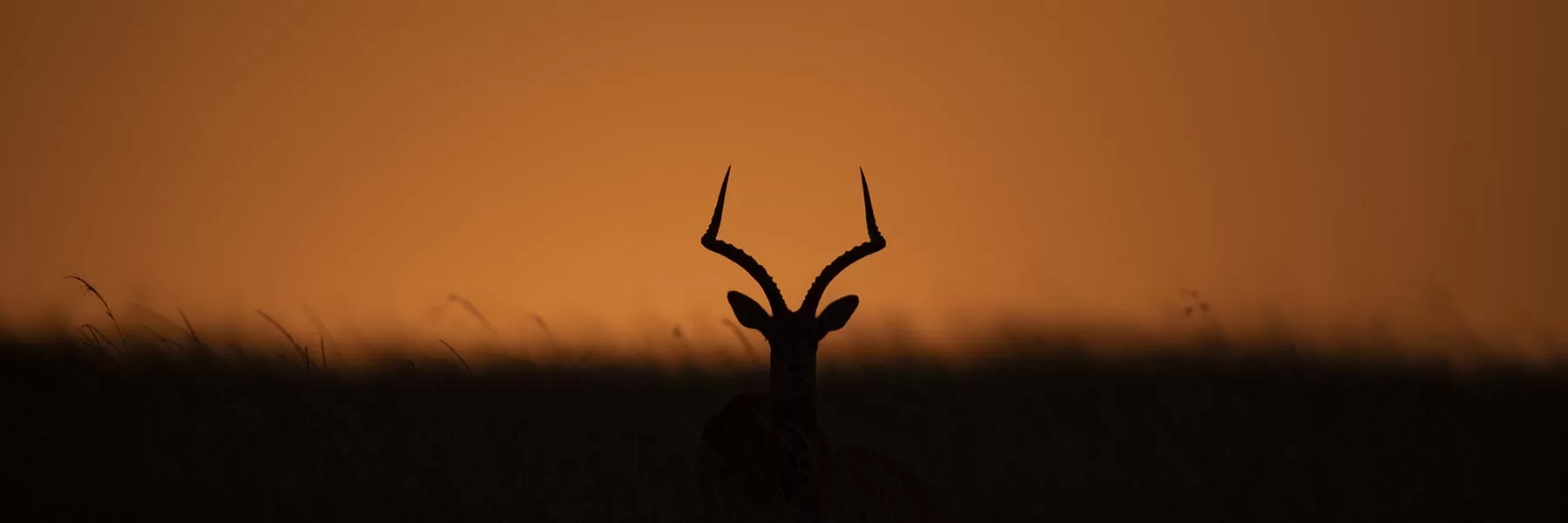An African safari is a vast ocean of photographic opportunities. Different countries have different topographies ranging from grasslands, deserts, forests, oceans, and a lot more, with an equally diverse choice of subjects that includes not only wildlife but locals too. At first, it feels overwhelming to have such a vast choice of photography subjects and backgrounds and such an abundance of wildlife. However, for a serious photography endeavour, one needs to carefully plan their shoot through this vast labyrinth. The first question should be:
WHAT DO I WANT OUT OF IT?
While I cannot answer that for you, everyone has to find the answer for themselves. But I can surely present some options, which are:
- Get the best portraits of wildlife.
- Get the animals in their natural habitat.
- Do storytelling through photographs.
- Creating a virtual travel experience
In the following paragraphs, I can give some pointers to do your best for each of these objectives.
GET THE BEST PORTRAITS OF WILDLIFE
Portraits are close-ups of the body or face of an animal. It is an interesting way to intimately depict the facial expressions, moods, and behaviour of an animal in solo or small groups.
Gear you will need
Typically, any lens above 150mm in focal length and even up to 600mm for close portraits Top-quality primes take the cake here, and a lens like a 400 f2.8 or 600 f4 can make exceptional portraits where you can focus on the face and unwanted details are blurred out. The suggested list is as follows:
Mid-range lenses
- 70-200 f4 canon/nikon
- 150-600 Tamron/Sigma
- 150-500 Sigma
- 200-500 Nikon
- 100-400 Canon
- 500 5.6 Nikon
Top-quality lenses (made by Canon, Sony, and Nikon)
- 70-200 f2.8
- 300 f2.8
- 400 f2.8
- 500 f4
- 600 f4
- 200-400 f4
In terms of body, you need something with decent autofocus and a good IQ. Exceptional autofocus is not a dealbreaker here, as the subjects are fairly stable. You will get time to use external image stabilisers like beanbags (you can shop Wild Voyager’s bean bag here) and tripods to make such images.
In terms of settings, shutter speeds above 1/300s should work fine in most cases, particularly with stabiliser support. So you have more opportunity to shoot in low light.

Classic head on portrait made with 600mm prime lens

This is portrait too, but with wide angle lens @ 14mm

Portrait with natural history moment added in, as the Lion is carrying its kill

Same thing with a Leopard
Shooting tips
- In terms of settings, shutter speeds above 1/300s should work fine in most cases, particularly with stabiliser support. So you have more opportunity to shoot in low light.
- Composition is the key. Choose what you want. If something is giving interesting facial expressions, then you could focus on the face. For a body movement or two animals, compose them in one frame and give some space around the animals; do not make it too tight. This particularly works when two animals are interacting amongst themselves and you would like to show that interaction.
GET THE ANIMALS IN THEIR NATURAL HABITAT
It means shooting the animals in their natural surroundings, where the animal occupies a small portion of the frame and the frame depicts the environment where the animal exists.
Gear you will need
You will need a good wide-angle lens for this, but even mid-level telephotos work sometimes. In general, my rule is (yours could differ): the wider, the better. So any lens from 14mm onwards works best, and up to, say, 200mm at the most. Even fisheye lenses like 8 mm, etc., provide a great perspective when you are close. The suggested list is as follows:
Mid-range lenses
- 16-35 F4 Nikon
- 11-16mm Tokina
- 18-105mm Nikon/Canon
- 18-55mm Nikon/Canon/Sony
- 70-200 F4 Nikon/Canon
- 24-120mm F4 Nikon/Canon
Top-quality lenses
- 14-24mm Nikon
- 16-35mm 2.8 Canon
- 24-70mm Nikon/Canon/Sony
- 8mm Fisheye Nikon/Canon/Sony
- 70-200mm F2.8 Nikon/Canon/Sony
In terms of camera settings, here you have the best leverage against low light. You can even go down to 1/50s in most cases, as your lenses are wide and your subjects are fairly stable. Autofocus is not a deal-breaker either.

Sunset with a cheetah

A leopard in its surroundings

A kori bustard in its environment

Five cheetahs in their habitat

Shot of the habitat itself
Shooting tips
- Again, light is the key, even more so than in portraits. Even if the habitat is not so great, great lighting can make up for it. Contrary to popular perception, grasslands like the Masai Mara or Serengeti are tough to make good habitat images in, as the habitat is completely flat with no interesting elements during the day. Only during mornings, evenings, rains, and storms, the habitat come alive and allow you to convert your good compositions into exceptional ones. Just after sunrise, backlit images look great too.
- Composition is equally important, and it is more difficult than portraiture as you have a lot more external elements (than just the face or body of the animal), and if everything does not fall into sync, the image will not look nice. Generally, cleaner images with minimal distractions look better, unless multiple elements are joining together to tell a story. If the animal makes a powerful expression, that also makes the image stand out, like this one. Try to move around your vehicle a bit if you are not getting the perfect composition.
DO STORYTELLING THROUGH PHOTOGRAPHS
Africa has many unique stories for photographers; many tales remain undocumented, but some that are documented catch the attention of viewers. If you are looking to capture unique stories—of the wild, of the interaction of man and wild, of the locals, and a lot more—then you need to have a lot of time and patience on your side and come up with some initial planning about what exactly you want. Of course, reality may differ from your plans, but initial planning helps to streamline your thoughts and set clear expectations in your mind.
Gear you will need
It completely depends on what and how you are looking to shoot. Generally, wide-angle lenses work better unless it is some intimate behaviour of wildlife shot from a comfortable distance. The lens recommendations will be a mix of the above, depending on what you want. For publishing-level output, needless to say, you will need pro gear.
Shooting tips
- Planning and research are the keys if you are after a particular kind of result, let’s say hunting shots, for example. There is nothing worse than having certain expectations and landing in the wrong place with the wrong gears without any planning.
- You will need a good guide with an understanding of lighting, your shooting terrain, and its subjects. A vehicle to provide for comfortable shooting. Speak to your guide about the possibilities before venturing into actual travel planning.

Leopard making a kill is a natural history moment

A lemur jumping to the camera

A cheetah finishing a hunt

Two Lionesses fighting

Mock chase by Cheetah cubs

A big river crossing is a story in itself

An evening depicted with silhouettes
CREATING VIRTUAL TRAVEL EXPERIENCE
You may like to document your travels and different experiences as they happen to be presented to your viewers. That may involve interactions with locals, your stay and food experiences, safari experiences, and many more.
Gear you will need
More than cameras, you need a good mobile phone and possibly an action camera like a GoPro to document your journey. You may still need a zoom camera to document some wildlife.
Shooting tips
- Take it as it comes. Document every aspect of your trip, starting from airport check-in to arrivals, local transport, safaris, stays, and all. The fun of the story is in the compilation, as you compile different aspects of your journey and present a holistic picture.
- Still, taking care of light and composition always helps; if you can shoot mundane things in great light, they look great. Similarly, a basic eye for composition, like levelling the horizon, using the rule of thirds occasionally, or using elements like dust, rain, clouds, etc., gives your media an edge over the regular stuff.

Table in Maasai style

Sunset with a guest

Safari experience

Sundowner experience

Safari experience











